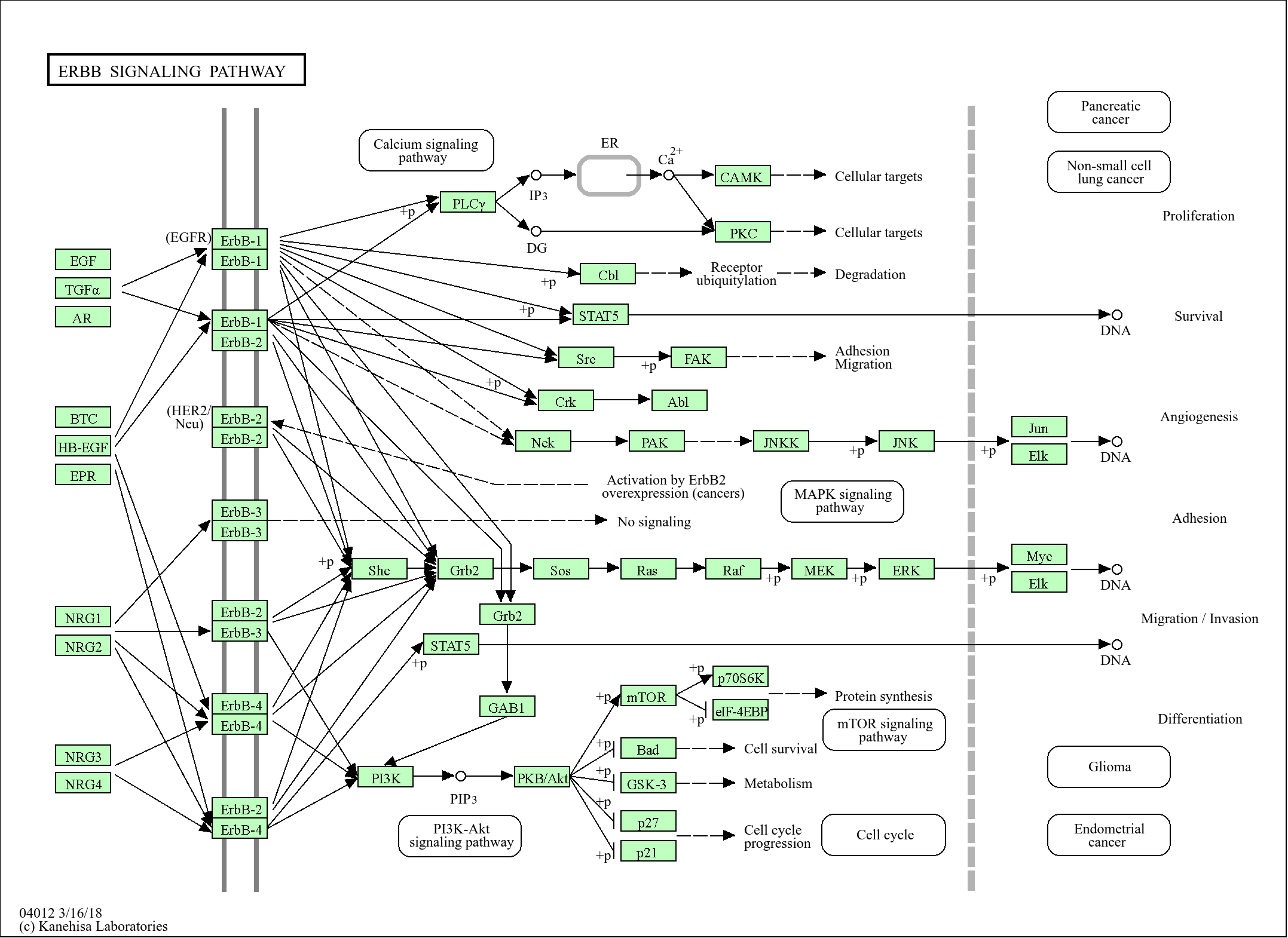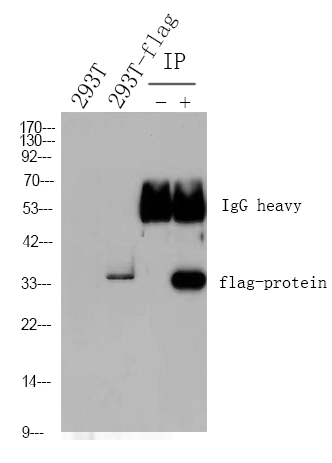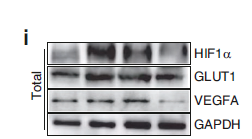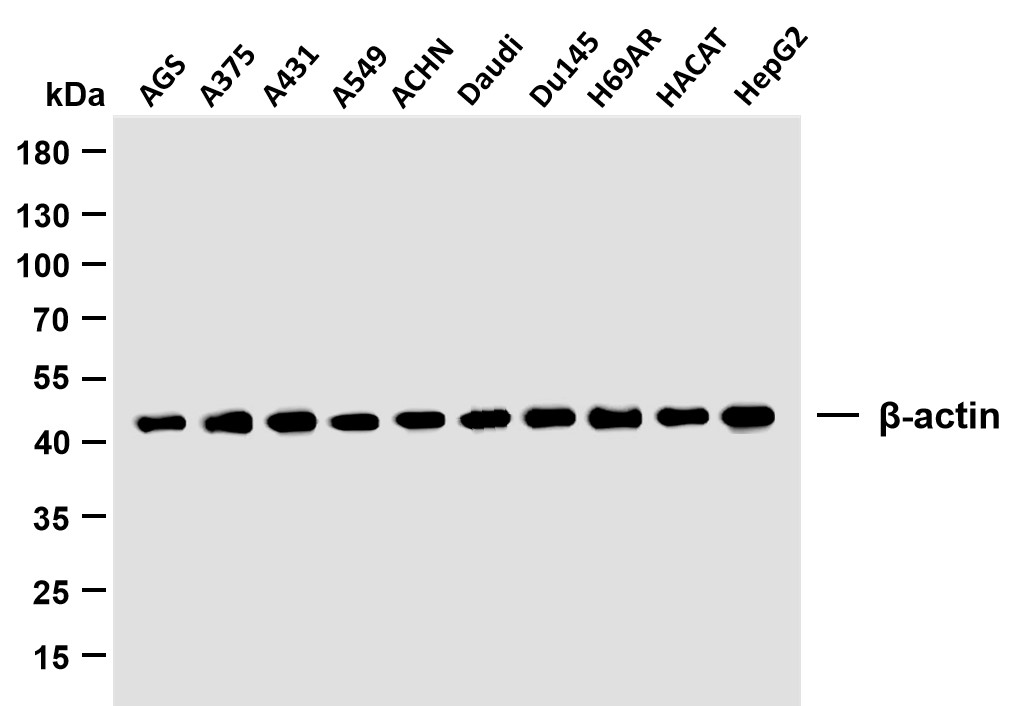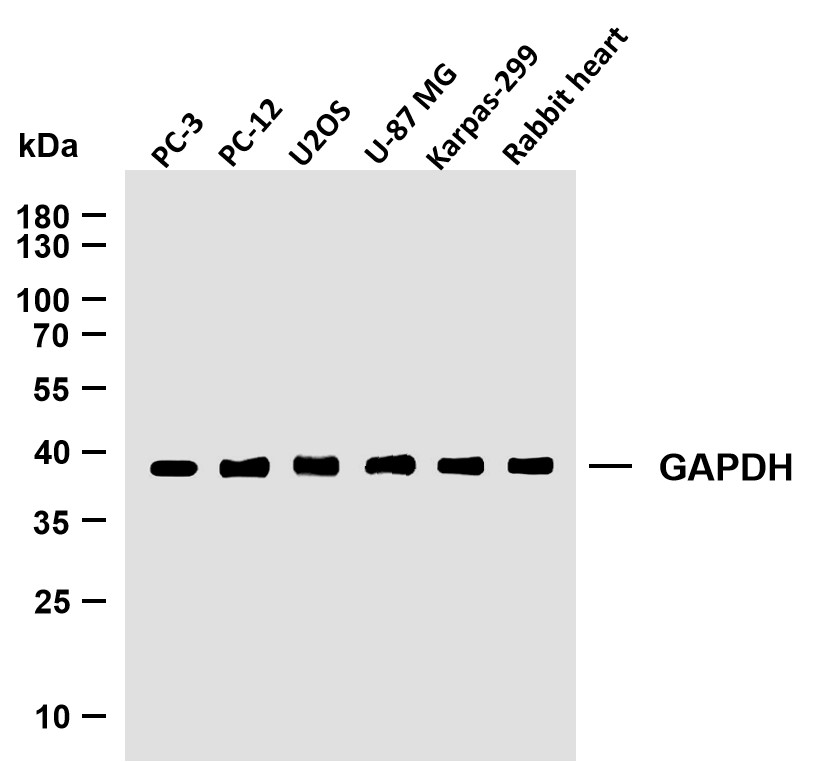
Catalog: YT6960
Size
Price
Status
Qty.
200μL
$450.00
In stock
0
100μL
$280.00
In stock
0
40μL
$150.00
In stock
0
Add to cart


Collected


Collect
Main Information
Target
CRBB1
Host Species
Rabbit
Reactivity
Human, Mouse, Rat
Applications
WB
MW
28kD (Calculated)
Conjugate/Modification
Unmodified
Detailed Information
Recommended Dilution Ratio
WB 1:500-2000
Formulation
Liquid in PBS containing 50% glycerol, 0.5% BSA and 0.02% sodium azide.
Specificity
This antibody detects endogenous levels of CRBB1 at Human/Mouse/Rat
Purification
The antibody was affinity-purified from rabbit antiserum by affinity-chromatography using epitope-specific immunogen.
Storage
-15°C to -25°C/1 year(Do not lower than -25°C)
Concentration
1 mg/ml
MW(Calculated)
28kD
Modification
Unmodified
Clonality
Polyclonal
Isotype
IgG
Related Products
Antigen&Target Information
Immunogen:
Synthesized peptide derived from human CRBB1 AA range: 81-131
show all
Specificity:
This antibody detects endogenous levels of CRBB1 at Human/Mouse/Rat
show all
Gene Name:
CRYBB1
show all
Protein Name:
CRBB1
show all
Database Link:
Background:
Crystallins are separated into two classes: taxon-specific, or enzyme, and ubiquitous. The latter class constitutes the major proteins of vertebrate eye lens and maintains the transparency and refractive index of the lens. Since lens central fiber cells lose their nuclei during development, these crystallins are made and then retained throughout life, making them extremely stable proteins. Mammalian lens crystallins are divided into alpha, beta, and gamma families; beta and gamma crystallins are also considered as a superfamily. Alpha and beta families are further divided into acidic and basic groups. Seven protein regions exist in crystallins: four homologous motifs, a connecting peptide, and N- and C-terminal extensions. Beta-crystallins, the most heterogeneous, differ by the presence of the C-terminal extension (present in the basic group, none in the acidic group). Beta-crystallins form aggregates of different sizes and are able to self-associate to form dimers or to form heterodimers with other beta-crystallins. This gene, a beta basic group member, undergoes extensive cleavage at its N-terminal extension during lens maturation. It is also a member of a gene cluster with beta-A4, beta-B2, and beta-B3. [provided by RefSeq, Jul 2008],
show all
Function:
Disease:Defects in CRYBB1 are the cause of autosomal recessive congenital nuclear cataract type 3 (CATCN3) [MIM:611544]. CATCN3 is a form of non-syndromic congenital cataract. Non-syndromic congenital cataracts vary markedly in severity and morphology, affecting the nuclear, cortical, polar, or subcapsular parts of the lens or, in severe cases, the entire lens, with a variety of types of opacity. They are one of the major causes of vision loss in children worldwide and are responsible for approximately one third of blindness in infants. Congenital cataracts can lead to permanent blindness by interfering with the sharp focus of light on the retina during critical developmental intervals.,Domain:Has a two-domain beta-structure, folded into four very similar Greek key motifs.,Function:Crystallins are the dominant structural components of the vertebrate eye lens.,mass spectrometry: PubMed:8626774,PTM:Specific cleavages in the N-terminal arm occur during lens maturation and give rise to truncated forms, leading to impaired oligomerization and protein insolubilization.,similarity:Belongs to the beta/gamma-crystallin family.,similarity:Contains 4 beta/gamma crystallin 'Greek key' domains.,subunit:Homo/heterodimer, or complexes of higher order. The structure of beta-crystallin oligomers seems to be stabilized through interactions between the N-terminal arms.,
show all
Reference Citation({{totalcount}})
Catalog: YT6960
Size
Price
Status
Qty.
200μL
$450.00
In stock
0
100μL
$280.00
In stock
0
40μL
$150.00
In stock
0
Add to cart


Collected


Collect
Recently Viewed Products
Clear allPRODUCTS
CUSTOMIZED
ABOUT US
Toggle night Mode
{{pinfoXq.title || ''}}
Catalog: {{pinfoXq.catalog || ''}}
Filter:
All
{{item.name}}
{{pinfo.title}}
-{{pinfo.catalog}}
Main Information
Target
{{pinfo.target}}
Reactivity
{{pinfo.react}}
Applications
{{pinfo.applicat}}
Conjugate/Modification
{{pinfo.coupling}}/{{pinfo.modific}}
MW (kDa)
{{pinfo.mwcalc}}
Host Species
{{pinfo.hostspec}}
Isotype
{{pinfo.isotype}}
Product {{index}}/{{pcount}}
Prev
Next
{{pvTitle}}
Scroll wheel zooms the picture
{{pvDescr}}

